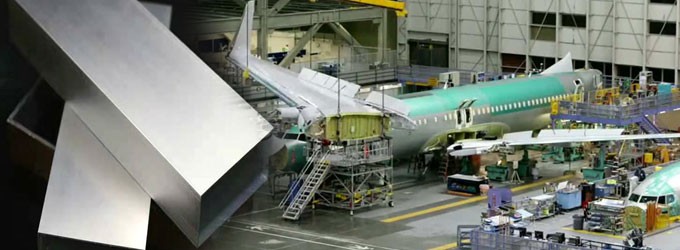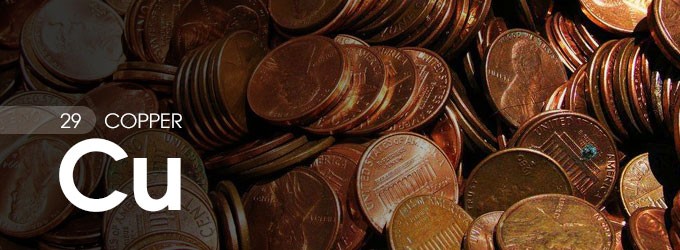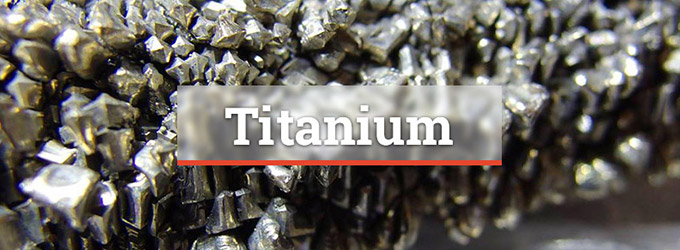Nothing can be manufactured without heat treating. Heat treatment of metal is necessary as it is essential to axes, bearings, gears, fasteners, and crankshafts.
Heat treating services add about 15 billion dollars per year in value to metal products by imparting specific properties that are required if parts are to function successfully.
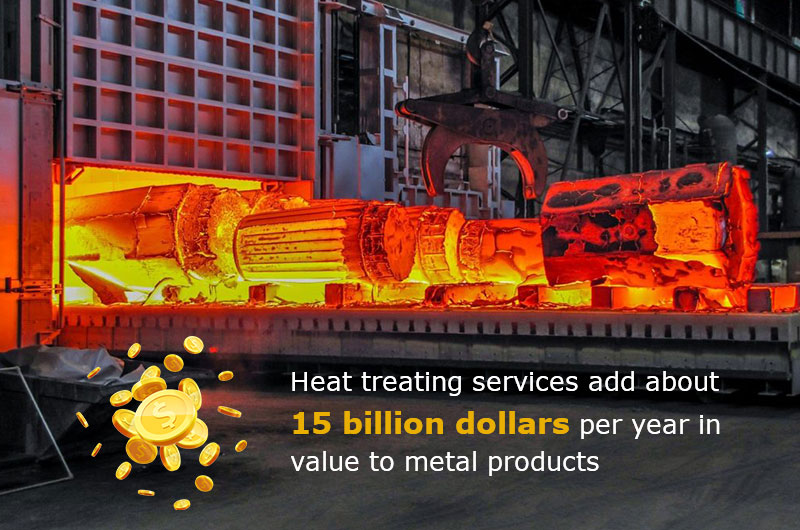
What is heat treatment?
Heat treatment is the process of heating and cooling metal in a solid state to get desired properties and durability, without changing its shape.
Heat treated process is used to harden the metal, or soften the metal, or make the metal more wear-resistant, or make brittle products tougher.
Heat treated metals
Ferrous metals account for the majority of heat treated metals. 80% of ferrous metals are heat heated steel, including cast iron, stainless steel and tool steel.
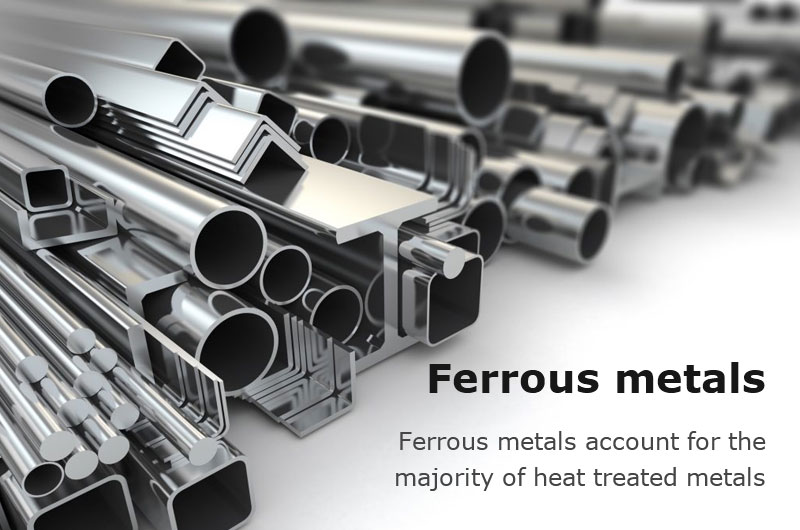
Alloys of aluminum, copper, magnesium, nickel and titanium can also be heat treated.
Why heat treating metals?
- To improve the metal hardness. The surface of heat-treated parts is harder than the core at least 30-40 %.
- To improve the ductility and machinability, making metal suitable for cold rolling, wire drawing, etc.
- To improve the resistance to wear and corrosion. Putt a hard surface on relatively soft parts, the product life is longer.
- To improve the brittleness.
- To relieve the internal stresses generated in casting, welding, hot and cold processing.
- To improve the electrical and magnetic properties.
How does heat treatment work?
Although different heating treatment process brings about different results in metal, they all involve three stages: heating, holding and cooling.
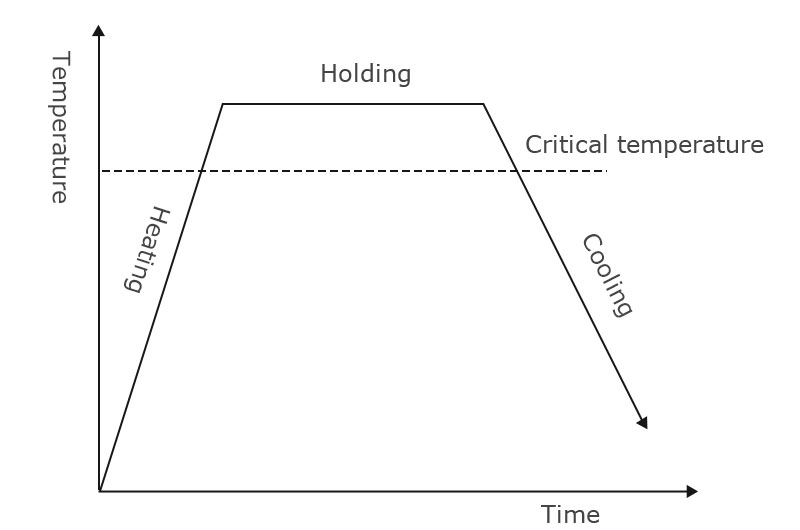
1. Heating
Heat the metal slowly to the upper critical temperature so as to maintain a uniform temperature.
Heat treated metals are in a protective atmosphere. Molten salt, vacuum, coating or packaging method is used for heating. If the metal is heat treated unevenly, one section will expand faster than another, resulting in a distorted or cracked section of the metal.
Different metals have different heat treatment temperatures. The heating rate is based on the following factors:
- The heat conductivity of metals. Metals with high heat conductivity heat faster than those with low conductivity.
- The condition of metals. Tools and parts that have been hardened or stressed, heat slower than those that haven't.
- The size and cross-section of metals. Larger parts or parts with uneven cross sections heat more slowly than small parts.
2. Holding
Hold the metal at the achieved temperature for some time.
The time depends on the requirements, which vary from a few seconds to 60 hours or more.
The time also depends on the material type and part size. Large parts need more time. For uneven cross-sections, you can use the largest section to determine the time.
3. Cooling
Cool metal to room temperature. The cooling rate depends on the metal itself and cooling media.
Cooling media includes brine, water, oil and air, which are in the decreasing order of cooling rate. Brine absorbs heat fastest, while air is the slowest. Generally, we use water to harden carbon steel, oil to harden alloy steel, and water to quench nonferrous metals.
It is also possible to use heat treatment furnaces for cooling. The controlled environment allows for high precision when slow cooling is necessary.
Types of heat treatment
1. Annealing heat treatment
Annealing heat treatment is used to soften metals for cold working and forming, giving them high ductility and toughness. It has less internal stress, deformation and cracking, but at the expense of hardness.
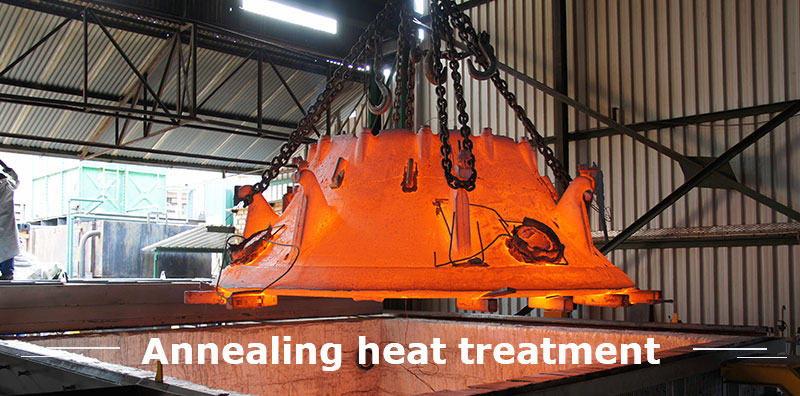
The process is that annealing metal is heated beyond its upper critical temperature, hold at this temperature for a period of time and then cooled very slowly in a furnace or air.
The types of annealing mainly includes full annealing, diffusion annealing, spheroidizing annealing, and process annealing.
Process annealing, also called subcritical annealing, heats the metal to a temperature just below the lower critical temperature of steel. It is mainly used for low-carbon steel to restore ductility. The temperature range is 260 °C (500 °F) to 760 °C (1400 °F).
Application: Annealed metals include copper, aluminum, silver, steel, and brass. Copper annealing makes it be rolled or bend. Annealed steel like semi-hard steel, hard steel and alloy steel, can be easily cut.
2. Normalizing heat treatment
There is no difference between annealing and normalizing heat treatment, except that normalizing is subjected to air cooling. Normalizing reliefs internal stresses caused by welding, casting, or quenching, to make metal easier to cut.
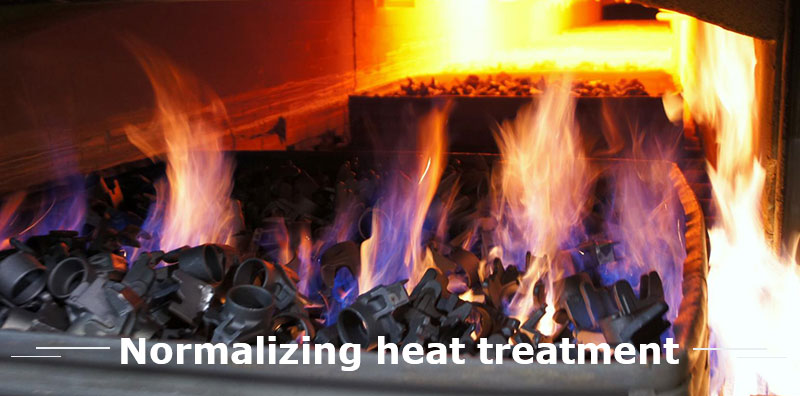
Normalizing is that metal is heated to a temperature that is 40° C above its upper critical temperature, held for a period of time, then cooled in air at a slightly fast speed.
Application: Normalizing is used after cold working like rolling, stamping and hammering. The normalized steel is harder than annealed steel. The normalization of steel makes steel tougher than in any other condition.
3. Quenching heat treatment
Quenching prepares the structure for tempering. It can increase the high hardness, and wear resistance,but at a cost of low ductility.
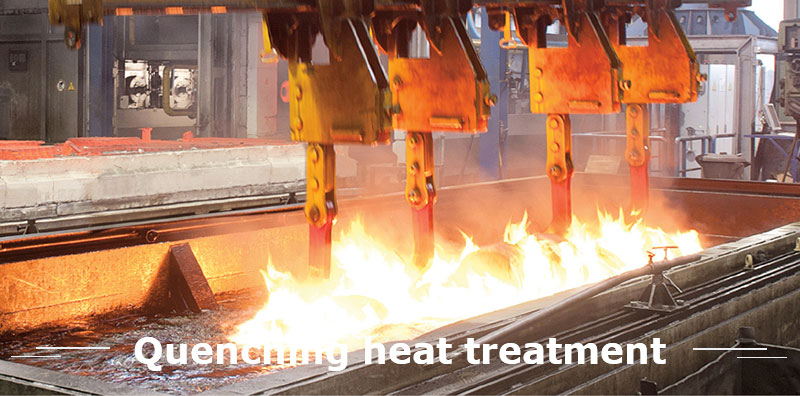
Quenching heat treatment is that metal is heated to the proper austenitizing temperature, and held for some time. Then the metal is quickly cooled in water, oil or brine.
Application: Steel is heated to 800 to 850 °C to realize austenitizing. Then it is cooled quickly to form martensite. This oil quenching steel is pretty tough but more brittle.
4. Tempering heat treatment
Tempering heat treatment is performed after tempering. It makes metal increase the elasticity, toughness, and wear resistance.
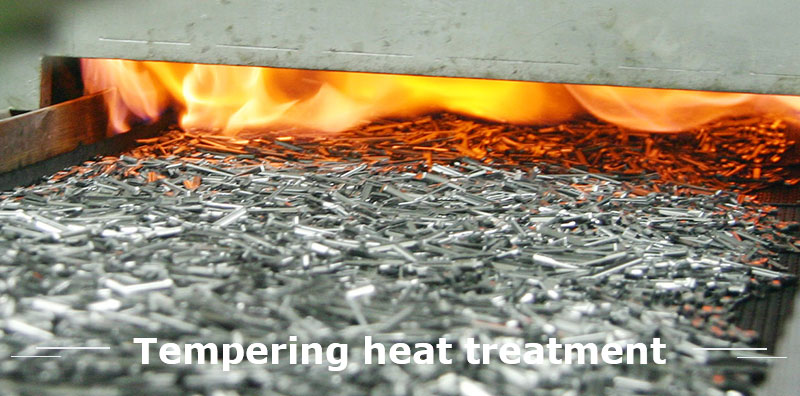
Tempering is that the quenched metal is reheated to a temperature below the lower critical temperature and followed by extreme cooling in air, water or oil.
Tempering temperatures range from 300° to 1100° F, which is usually much lower than hardening temperatures. The higher the temperature, the softer it becomes.
Application: Tempering is applied to cutting tools, tools, and gears, which are hardened by the hardening heat treatment process. Tempering steel(hardened carbon steel)can reduce the brittleness and maintain the toughness.
The cooling rate of annealing, normalizing, and quenching becomes faster in turn. The faster the cooling rate, the harder the metal.
5. Austempering and martempering
(1) Austempering
Austempering is used in ductile iron or steel workpieces. Compared to tempering, it creates less cracking and distortion, making products more ductile, tough and impact resistant. However, austempered metals can't be more than 1/2 inch thick.
Austempering aims to obtain a bainite structure in workpiece for tough, ductile material. The heating temperature is higher than martempered ones, typically between 840 and 950 degrees Celsius. The cooling is quite rapid, and the entire process doesn’t require final tempering.
(2) Martempering
Martempering allows the metal for greater control of decarburizing and carburizing. However, it cannot be used on a large workpiece or all types of steel.
Martempering is that metal is heated to a temperature above the upper critical point. Then it’s quenched to reduce the temperature to a point between 150 and 300 degrees Celsius. This point is above the martensite start point. It’s held at this point until the entire workpiece reaches a uniform temperature. It allows the austenite to transform to martensite. Finally, it is cooled in air.
6. Solution heat treatment
Solution annealing,also called solution treating, is required prior to age hardening.
Solution annealing is to dissolve precipitates present in metal alloys and then rapidly quench alloys down to room temperature to avoid any precipitation from occurring during cooling. The alloys will be in a soft state after treatment.
Application: Austenitic stainless steels, aluminum alloys, high nickel alloys, titanium alloys and copper alloys use solutionizing as a pre-treatment for age hardening. It provides heat resistance and corrosion resistance for the part application.
7. Case hardening
Surface hardening changes the chemical composition of surface layer by absorbing carbon, nitrogen or a mixture of both. It only hardens the outer layer of workpiece, while the inside remains soft.
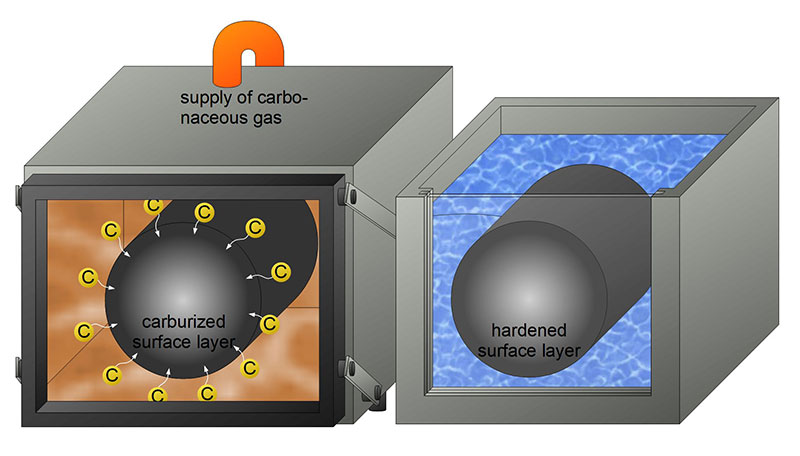
Commonly used case hardening processes include carburizing and nitriding treatment.
(1) Carburising: It is after quenching and low-temperature tempering, adding carbon to the surface of low-carbon steel to facilitate hardening, but its center still maintains toughness and plasticity.
(2) Nitriding: It is to add nitrogen to the surface of steel. Nitriding steel surface has a higher hardness, wear resistance, fatigue strength and corrosion resistance. At present, gas nitriding is mostly used in production. It is applied for gear heat treatment and heat treatment of cast iron.
8. Induction hardening
If distortion was an issue for a part, induction hardening is the preferred method. This can be an important factor for circular parts such as gears. Since heating time is short, induction hardening can increase production and reduce labor costs.
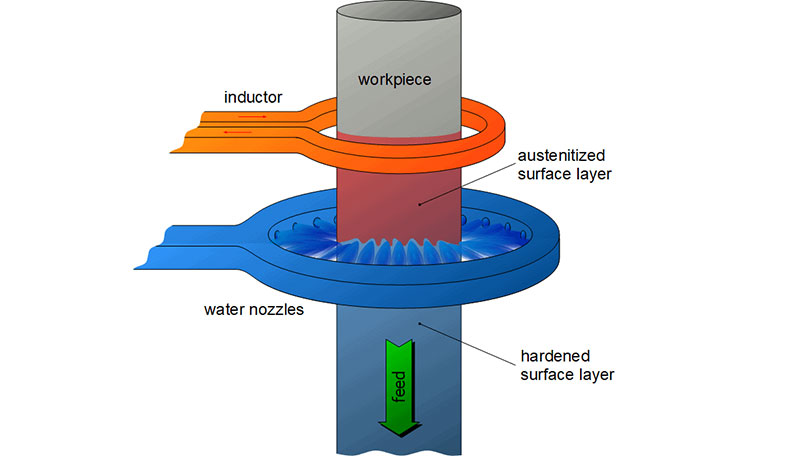
Induction hardening uses an electrical current, transferred from a copper coil placed around the part. The directed current heats selected areas of steel part to the required temperature and depth. Then the part is quenched to achieve the desired hardness.
9. Flame hardening
Flame hardening only heats one area of the part. This process works well for low-volume jobs or very deep case depths.
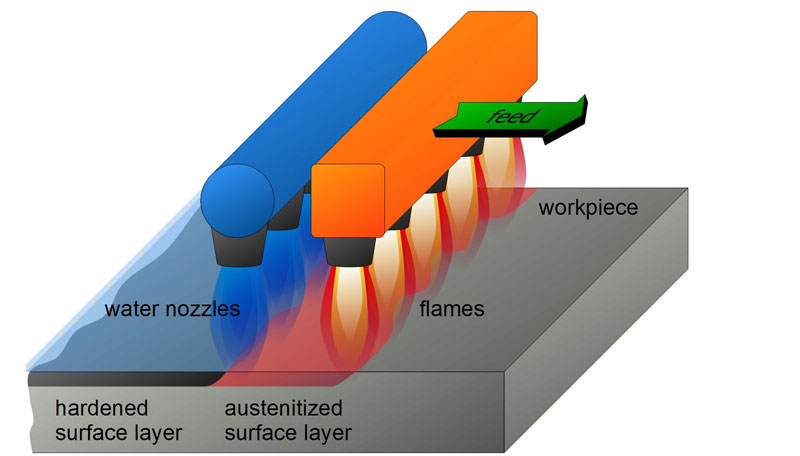
Flame hardening is that the metal part is heated by a flame, then quenched. This can often be done with very little specialized tooling.
10. Stress relief heat treatment
Stress relief heat treatment is designed to return a metal as near as possible to its prefabrication state of yield, ultimate tensile and ductility. Metal stress relieving in welding can reduce the danger of cracking in vessel weldments.
This process is that metal is heated to a temperature just below its lower critical border and followed by cooling slowly.
Application: It is commonly used for boiler parts, air bottles, accumulators, etc.
11. Vacuum heat treatment
Vacuum heat treatment can produce the best surface finish and metallurgy of all the heat treatment methods, which requires no further cleaning.
It places steels in vacuum heat treatment furnaces containing only argon gas. The chamber is heated to up as much as 2400 degrees F. at a controlled rate, and then the temperature is lowered. A vacuum heat treatment cycle takes 3-24 hours. The process is computer-controlled to ensure uniformity and repeatability.
Application: Vacuum hardening is applied to fasteners, which is the core of mining, medical industry, aerospace, construction, etc.


